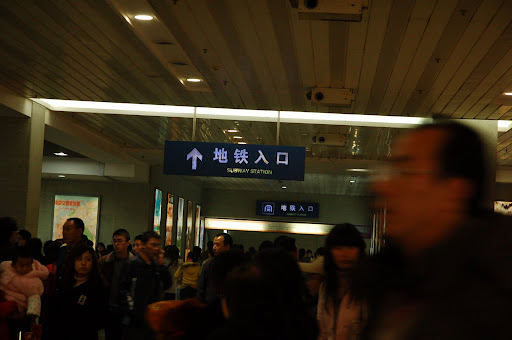They have a nice handle that you can use your foot to press, and the foot holder will restore to the original position. That is very helpful if you want to lay down and relax your feet.

This is the other side of the foot holder. Use your foot to press this handle, and the foot holder will release and you can relax your feet.

This is exactly what is before you – a big bag at the back of the previous seat – there are some free magzine there – full of advertisement, just like airplane. At the bottom are the place to put your foot on.

There are four seats in a row. So do your calculation to buy the tickets if you prefer a Aisle or Window seat. For example, window seats are number 36, 39, 40, 43…
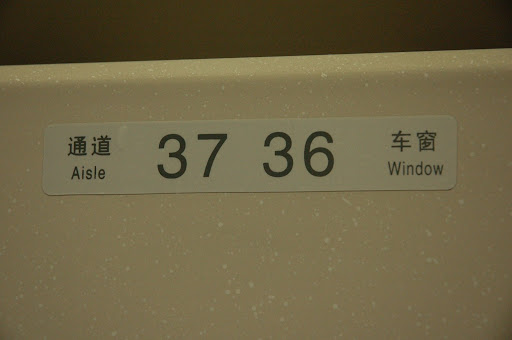
On top of the window, the wind comes out. You an choose to close it or open it by using this switch.

This is the curtain! It is more fancy than those on the airplane. You can pull it down to any position, or completely seperate yourself from the outside world.
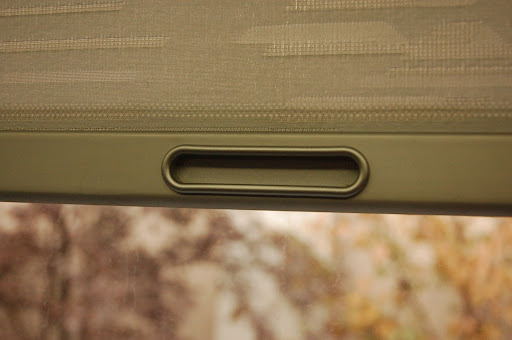
On the right side (or the left side if you take the Aisel seat), there is a small black button. Pressing it will release the back of your seat, and you can lean backward – just like the seats on an airplane. Very comfortable indeed.
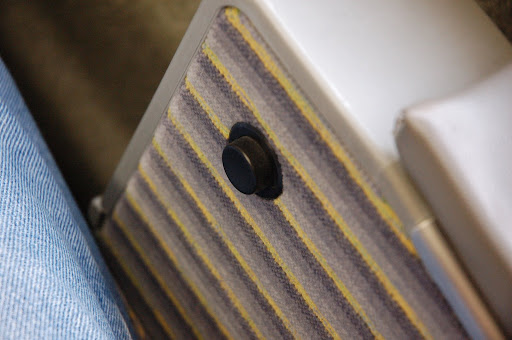
On the right (or left if you take the aisle seat), you can find the small table hidden under the leather cover. The instructions show how you can unfold it.

This is the table, inside its rack.
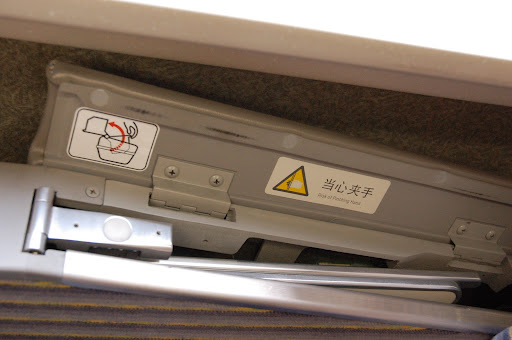
This small thing is for hanging your personal light stuff – your coat, or hand bag.

Like this.
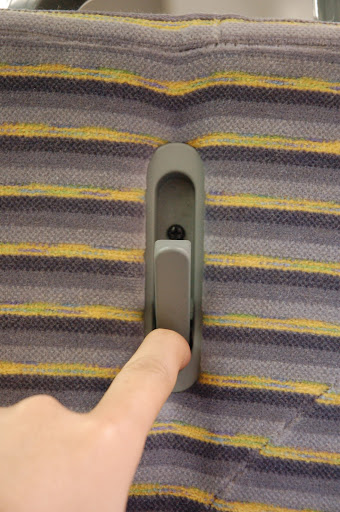
On the train, there is a mini bar with all kinds of drinks – strange that they don’t have coke. The price is relatively reasonable – 5 RMB for drink that is 3 RMB off the train. More expensive, but it makes sense.
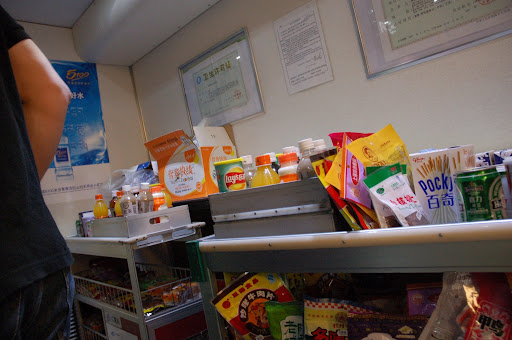
The information of the compartment. As you can see, there are 8 compartment each train. It is numbered 1, 2, 3, 4 — 8. In most trains, like the one from Shanghai to Nanjing, they have two indentical trains, hooked up together, so they have 9, 10, … 16. Two out of the 8 are first class, and the rest are normal seats.
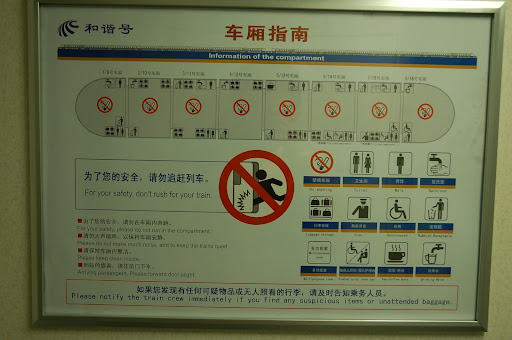
They have water. On the right is warm water – suitable for drink immediately, and on the left, is hot water – good for a cup of instant noodle.
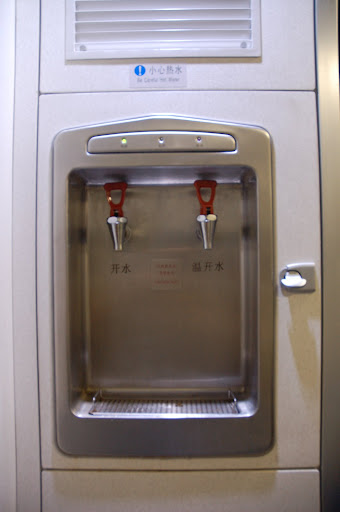
It gave me the impression that everything is very decent. Look at the decoration above the water supply station.

?Water Tumed on by Senor?.

They have automatical Soap Dispenser on the left.

The most interesting thing I found out in the water closet is, they have the warm wind blowing from where you stand forward to your hand to dry them. Nice design

They do have electricity, but it is for Electric Razor only. I didn’t find any power supply throught out the cart anyway.

This was me.

This is a little bit surprise for me. They have curtains for the sink.
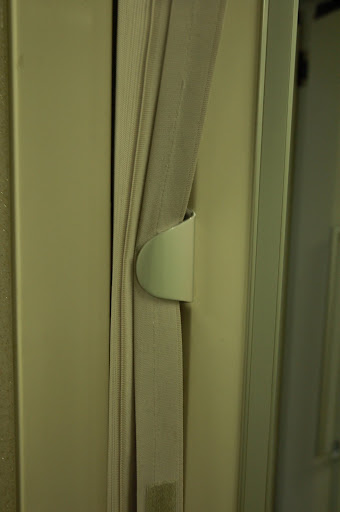
You can pull it over to cover it,

and the cubicle looks like this. You have the privacy to wash your hands or brush your teeth – by yourself.

There are two locations for you to put your really big stuff at the entrance. Most of people should put their luggage on the overhead cubine.

This is the standard class seats – three on the left and two on the right. As you can see, there are not so many people from Shanghai to Nanjing.

Another one.
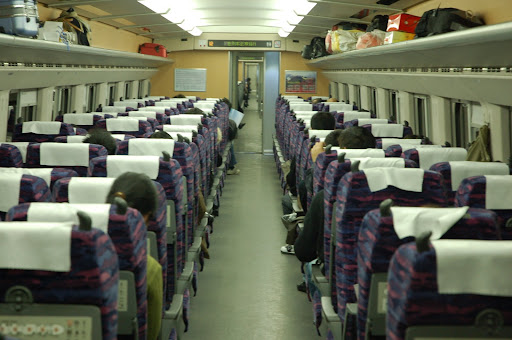
This is the water station.

This is inside the Men’s toilet.

Push to exit – there is no lock inside – strange.
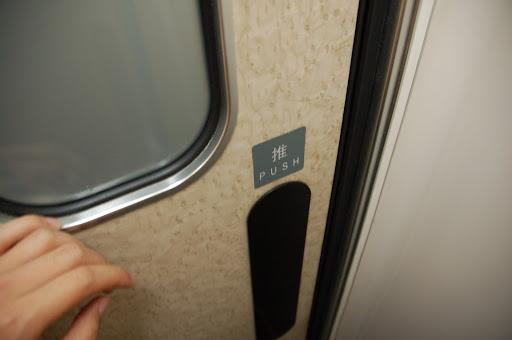
Another photo of the almost empty standard car.
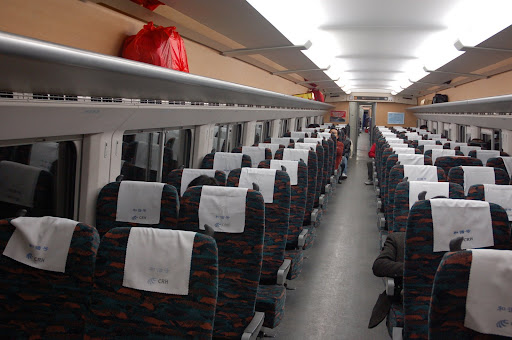

They are very considerate to have Diaper Changing table for infants.

The toilet. Looks like clear.

The equipment in the toilet.

This is the first class – almost completely empty. Two on the left and two on the right.

This is the seat. Look at the place to put your feet on, and the pillow.

Everything is electronic – the LED displaying the cart number.

Along the trip, it showed the current train speed – 139 km/h.

This is the unfolded table.
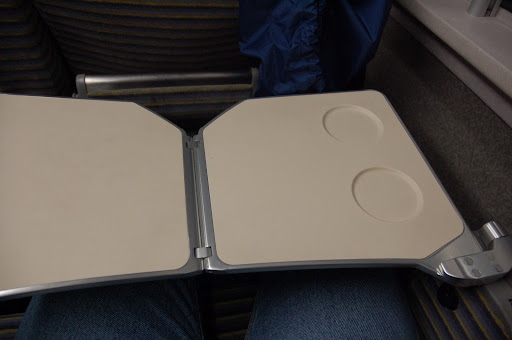
Outside the train.
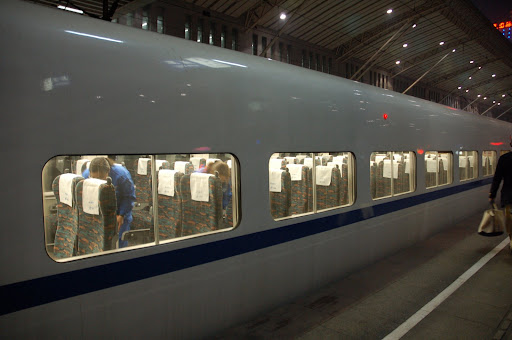
The train arrives at the Nanjing Station.

This is the head of the train.

At Nanjing station, you can take Bus, Metro, or taxi to leave the station. BTW, the taxi line was so long that we gave up and hired the illegal taxi (basically those people who came to pick up passengers but they are not taxi)
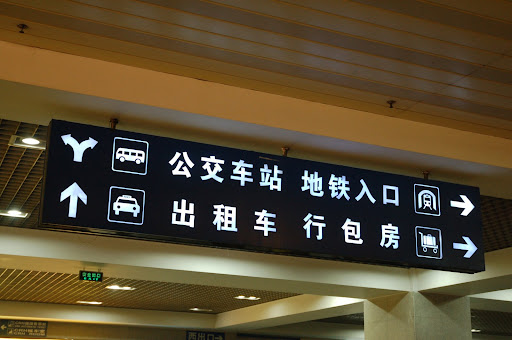
This is the entrance to Nanjing Metro – I have never take it before.
